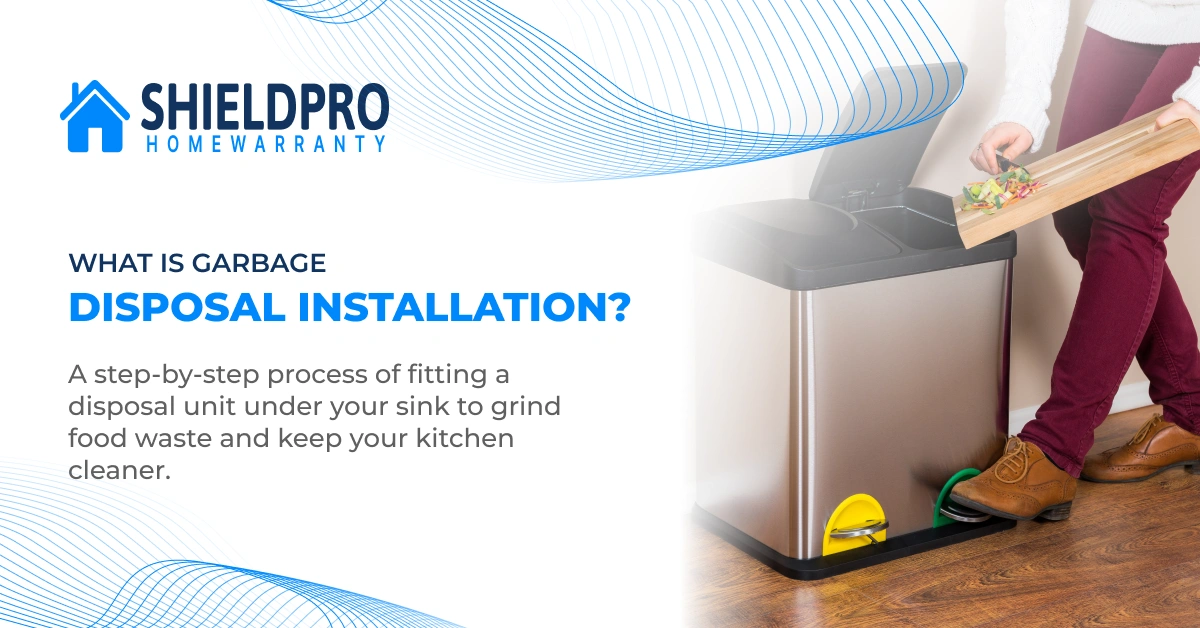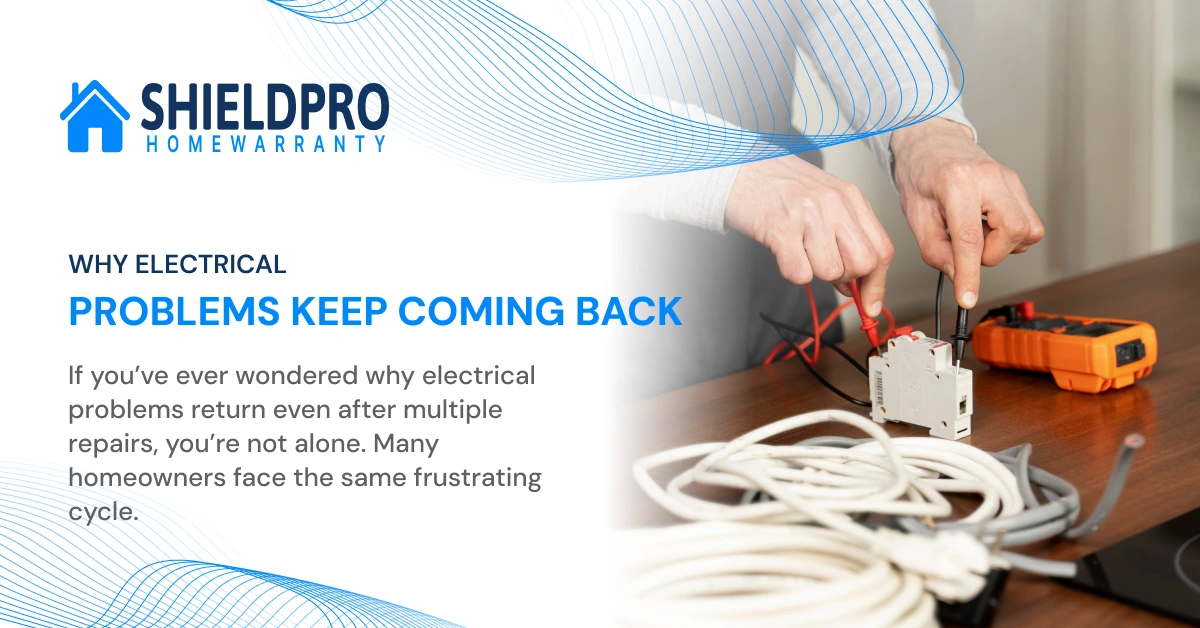
Introduction
A garbage disposal installation is one of those kitchen upgrades that quickly proves its worth. This under sink appliance grinds food scraps into fine particles, keeping your kitchen cleaner, reducing trash, and protecting your plumbing system from clogs.
Whether you’re installing a new disposal for the first time or replacing an old unit, understanding the process is essential. While many homeowners assume installation requires a professional, with the right tools and a clear guide, it’s entirely possible to complete this as a DIY project.
In this comprehensive article, we’ll cover:
- Benefits of a disposal unit
- Types of disposals and how to choose the right one
- Tools and materials required
- Step-by-step installation guide
- Common mistakes and troubleshooting tips
- Professional vs. DIY installation costs
- Maintenance and care for long-term use
By the end, you’ll know exactly how to install a garbage disposal — or how to hire the right professional with confidence.
Why Install a Garbage Disposal?
Garbage disposals have become a popular feature in modern kitchens for good reasons:
- Convenience: Quickly grind leftovers instead of filling trash cans.
- Cleaner Kitchen: Reduces odors from rotting food waste.
- Eco-Friendly: Less food waste ends up in landfills.
- Better Plumbing: Prevents large scraps from clogging drains.
- Increases Home Value: Many buyers view a disposal as a must-have feature.
Did you know? A well-installed garbage disposal can last over 10 years with routine care.
Understanding Different Types of Garbage Disposals
Before diving into installation, choosing the right unit is crucial.
1. Continuous Feed Disposals
- The most common type.
- Operates while the switch is on.
- Best for busy kitchens.
- Requires caution since it runs continuously.
2. Batch Feed Disposals
- Operates only when the stopper or lid is in place.
- Safer, especially for homes with children.
- Usually more expensive than continuous feed models.
3. Horsepower Ratings
| Horsepower | Best For | Pros | Cons |
|---|---|---|---|
| 1/3 HP | Light use (single person, small households) | Affordable | Weak motor, prone to jams |
| 1/2 HP | Apartments, couples | Balanced option | Not ideal for frequent use |
| 3/4 HP | Families (3–4 people) | Handles most scraps, fewer clogs | Mid-range price |
| 1 HP+ | Large households, heavy cooking | Powerful, durable, grinds almost anything | Higher cost |
4. Key Features to Look For
- Noise reduction insulation
- Stainless steel components (resist rust and last longer)
- Septic-safe models (for homes with septic systems)
- Anti-jam technology
Tools and Materials Checklist
Having the right tools ensures a smooth installation.
- Garbage disposal unit (with mounting assembly)
- Plumber’s putty
- Screwdrivers (flathead & Phillips)
- Pipe wrench or adjustable pliers
- Hacksaw (for trimming drainpipes if needed)
- Bucket & towels
- Electrical cord kit (unless pre-wired)
- Wire connectors & electrical tape
- Safety gloves & goggles
Step-by-Step Garbage Disposal Installation
Now let’s walk through the installation process in detail.
Step 1: Safety First
- Turn off power at the circuit breaker.
- Place a towel and bucket under the sink to catch water.
Step 2: Remove the Old Disposal (If Applicable)
- Unplug the old disposal or disconnect the wiring.
- Disconnect the drain trap and dishwasher hose.
- Use a screwdriver to loosen the mounting ring.
- Remove the old unit and scrape away any leftover putty.
Step 3: Install the Sink Flange & Mounting Assembly
- Roll plumber’s putty into a rope and place it around the sink drain.
- Insert the sink flange into the drain opening.
- From beneath, attach the gasket, backup ring, and mounting ring.
- Tighten screws evenly until secure.
Pro Tip: Wipe away excess putty that squeezes out for a clean finish.
Step 4: Wire the New Disposal
- Remove the bottom cover plate on the unit.
- Insert the electrical cord into the strain relief.
- Connect wires:
- Black → Hot (black)
- White → Neutral (white)
- Green → Ground screw
- Replace the cover plate and secure the cord.
Step 5: Attach the Disposal to the Sink Mount
- Line up the disposal with the mounting ring tabs.
- Insert and rotate clockwise until locked in place.
- Use a wrench or screwdriver to tighten further if needed.
Step 6: Connect Plumbing & Dishwasher Hose
- Attach the discharge tube from the disposal to the drainpipe.
- If connecting a dishwasher, remove the knockout plug first.
- Secure with slip nuts and gaskets.
Step 7: Test the Setup
- Turn on power at the breaker.
- Run cold water into the sink.
- Flip the disposal switch and listen for smooth operation.
- Check carefully for leaks at all joints.
Common Installation Mistakes to Avoid
- Forgetting to turn off power before starting.
- Failing to remove the dishwasher knockout plug.
- Over-tightening fittings (which can cause cracks).
- Choosing a disposal that’s too small for your household needs.
- Using hot water while grinding greasy food (which can clog pipes).
DIY vs. Professional Installation
| Option | Pros | Cons | Cost | Time |
|---|---|---|---|---|
| DIY | Saves money, rewarding experience | Risk of wiring or plumbing mistakes | $100–$250 (unit only) | 1–2 hours |
| Professional | Hassle-free, expert knowledge, warranty safe | Higher cost | $200–$500 (unit + labor) | 30–60 minutes |
If you’re not confident with electrical wiring or working in tight plumbing spaces, professional installation is worth the cost.
Troubleshooting Common Problems
| Issue | Cause | Fix |
|---|---|---|
| Disposal won’t turn on | Power issue, tripped breaker | Reset breaker, press the reset button on the unit |
| Humming but not grinding | Jammed flywheel | Use hex key in bottom slot to free impeller |
| Leaks under sink | Loose mounting ring or drain connections | Re-tighten, reapply plumber’s putty if needed |
| Slow draining | Food buildup or clogged pipes | Run cold water, plunge, or clean the trap |
Garbage Disposal Maintenance Tips
Keeping your disposal clean and well-maintained ensures years of reliable use.
- Always run cold water while grinding.
- Avoid grinding grease, fibrous vegetables, bones, or eggshells.
- Clean monthly with a baking soda and vinegar flush.
- Toss in citrus peels occasionally to fight odors.
- Never use chemical drain cleaners — they can damage the unit.
FAQs
Q1: How long does installation take?
A DIY project takes about 1–2 hours; a professional can finish in under an hour.
Q2: Can I use a disposal with a septic system?
Yes, but choose a septic-safe disposal model.
Q3: Do disposals come with power cords?
Some do, but many require purchasing a separate cord kit.
Q4: What size disposal should I buy?
For a family of four, a ¾ HP unit is ideal. Larger households may need 1 HP or more.
Q5: How long does a disposal last?
With proper care, most disposals last between 8 and 12 years.
Conclusion
Installing a garbage disposal may seem daunting, but with the right guidance, it’s a straightforward project. From selecting the right model to following a detailed step-by-step installation, this guide equips you with everything you need for success.
If you’re handy with tools, DIY installation is rewarding and budget-friendly. If not, hiring a professional ensures a quick, safe setup. Either way, your new garbage disposal will transform kitchen cleanup, reduce food waste, and keep your plumbing system healthy for years to come.
Learn About How to clean dishwasher









